Top 10 Most Expensive Fish Ever Sold
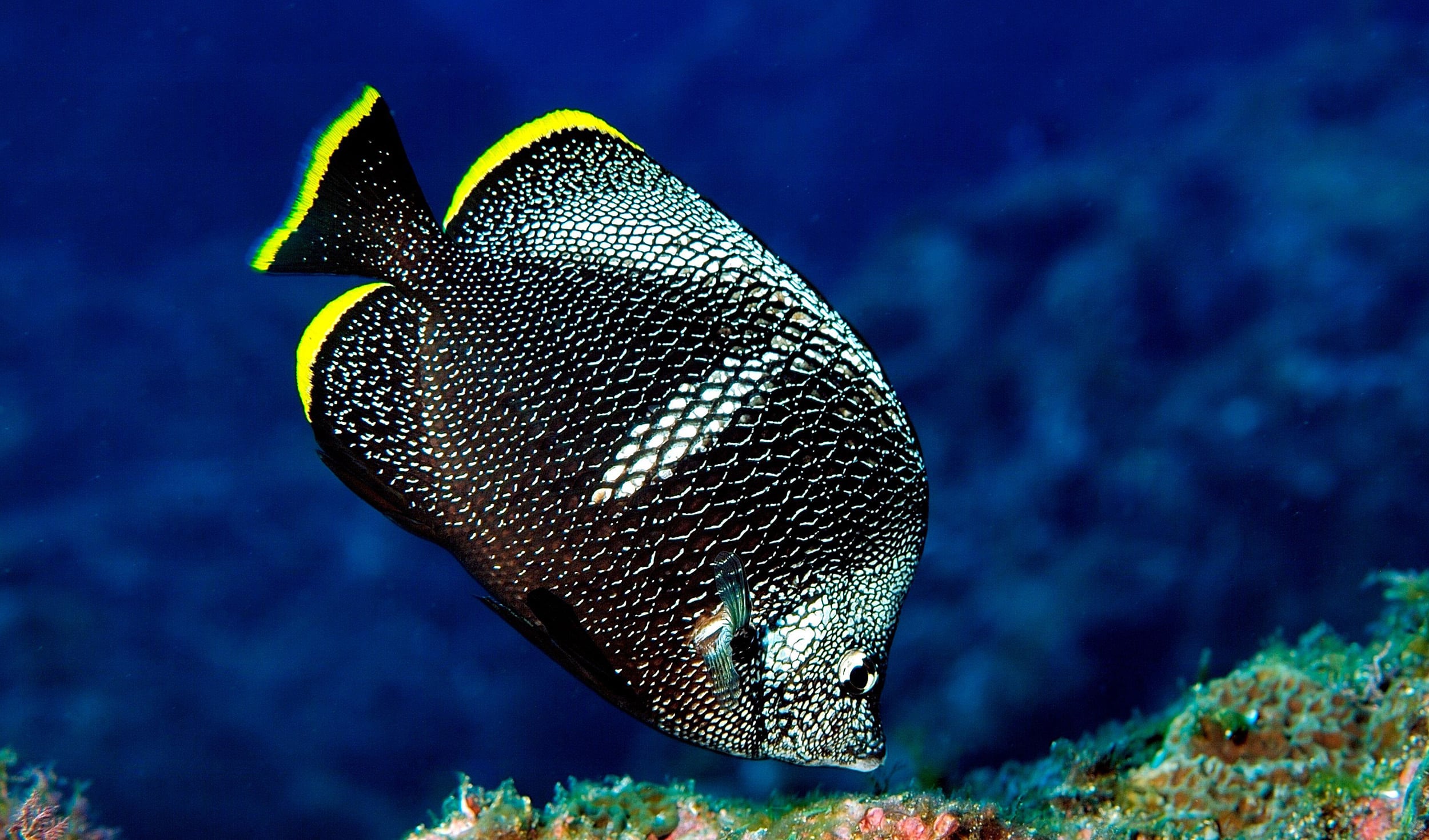
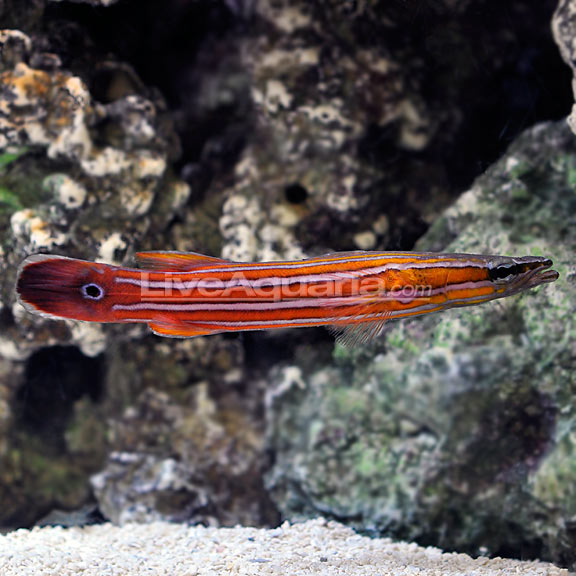

The Asian arowana (Scleropages formosus) comprises several phenotypic varieties of freshwater fish distributed geographically across Southeast Asia.[1] While most consider the different varieties to belong to a single species,work by Pouyaud et al. (2003)[6] differentiates these varieties into multiple species. They have several other common names, including Asian bonytongue, dragonfish, and a number of names specific to the different color varieties.
Native to Southeast Asia, Asian arowanas inhabit blackwater rivers, slow-moving waters flowing through forested swamps and wetlands. Adults feed on other fish, while juveniles feed on insects.[7]
These popular aquarium fish have special cultural significance in areas influenced by Chinese culture. The name 'dragonfish' stems from their resemblance to the Chinese dragon. This popularity has had both positive and negative effects on their status as endangered species.
Like all members of the Osteoglossidae, Asian arowanas are highly adapted to fresh water and are incapable of surviving in the ocean. Therefore, their spread throughout the islands of southeast Asia suggests they diverged from other osteoglossids before the continental breakup was complete. Genetic studies have confirmed this hypothesis, showing the ancestor of the Asian arowanas diverged from the ancestor of the Australian arowanas, S. jardinii and S. leichardti, about 140 million years ago, during the Early Cretaceous period. This divergence took place in the eastern margin of Gondwanaland, with the ancestors of Asian arowanas carried on the Indian subcontinent or smaller landmasses into Asia. The morphological similarity of all Scleropages species shows little evolutionary change has taken place recently for these ancient fish.[8][9]
The first description of this species was published in 1840 by German naturalists Salomon Müller and Hermann Schlegel, under the name Osteoglossum formosum, although later this species was placed in Scleropages with the name S. formosus.[10][11]
Several distinct, naturally occurring colour varieties are recognised as haplotypes, each found in a specific geographic region. They include:
- The green is the most common variety, found in Indonesia (Kalimantan and Sumatra), Vietnam, Myanmar, Thailand, Cambodia, and Malaysia.
- The silver Asian (not to be confused with the silver arowana, Osteoglossum bicirrhosum) is considered part of the green variety by some. It has two subvarieties, the "grey tail silver" or "Pinoh arowana," and the "yellow tail silver," each found in a different part of the island of Borneo.
- The red-tailed golden is found in northern Sumatra, Indonesia.
- The gold crossback, blue Malayan, or Bukit Merah blue is native to the state of Pahang and the Bukit Merah area in Perak, Peninsular Malaysia.
- The red, super red, blood red, or chili red is known only from the upper part of the Kapuas River and nearby lakes in western Indonesian part of Borneo.
In 2003, a study[6] proposed breaking S. formosus into four separate species. This classification was based on both morphometrics and a phylogenetic analysis using the cytochrome b gene, and includes these species:
- Scleropages formosus was redescribed to include the strain known as the green arowana. The gold crossback, which was not part of the study, was included in this species by default, though it was suspected to be closely related to S. aureus.
- Scleropages macrocephalus described the silver Asian arowana.
- Scleropages aureus described the red-tailed golden arowana.
- Scleropages legendrei described the super red arowana.
The majority of researchers dispute this reclassification, arguing that the published data are insufficient to justify recognizing more than one Southeast Asian species of Scleropages, and that divergent haplotypes used to distinguish the color strains into isolated species were found within a single color strain, contradicting the findings. They are considered monotypic, consisting of closely related haplotypes.

The Neptune Grouper is a deep water fish and it’s very difficult to catch it.
The adults display a pink coloration with yellow stripes, while the juvenile fish feature brilliant shades of orange and yellow.
It’s easy to distinguish them. If you have the opportunity to buy one, all you have to do is look for their features and decide if you want an adult or a baby.
Valued at $6.000, the Neptune Grouper can become your new best friend.


The Bladefin basslet, Jeboehlkia gladifer, that is being offered for sale on consignment by Aquatouch is an incredible reef fish that we have never heard about. At $8000 and about 1.5 inches/3cm long, the bladefin basslet is probably one of the most expensive reef fish per inch that has ever been offered to the aquarium hobby.
Something about the stark red and white coloration greatly reminds us of Lotillia graciliosa, the white cap goby which at one point also had a very high cost per length, but the cost of that 3/4inch fish quickly declined from about $1000 to only about $250 for some well quarantined specimens from the Diver’s Den.
The reason for the incredibly high cost of this bladefin basslet is the incedible depth at which is occurs, which is in excess of 150 meters, approaching 500 feet deep. This never before seen nano reef fish was collected by submersible in Curacao which accounts for part of the expense but unless your reef aquarium budget is teetering on the absurdly oppulent, we can’t see this kind of coin being spent on such a tiny little fish, no matter how much the red and white coloration and depth f collection reminds us of a peppermint angelfish.
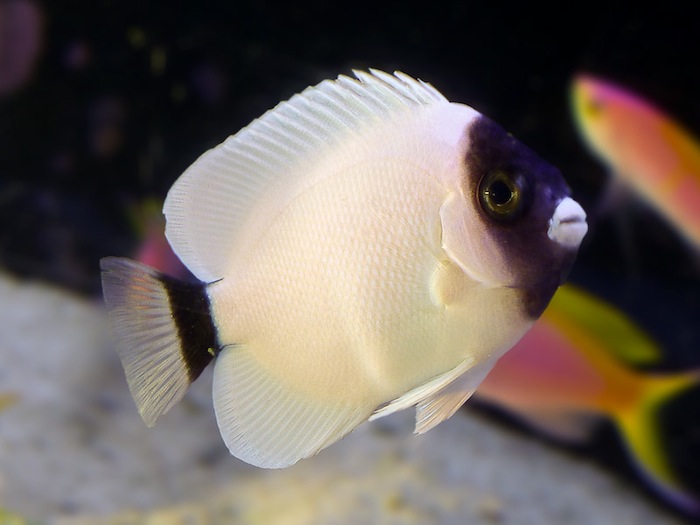
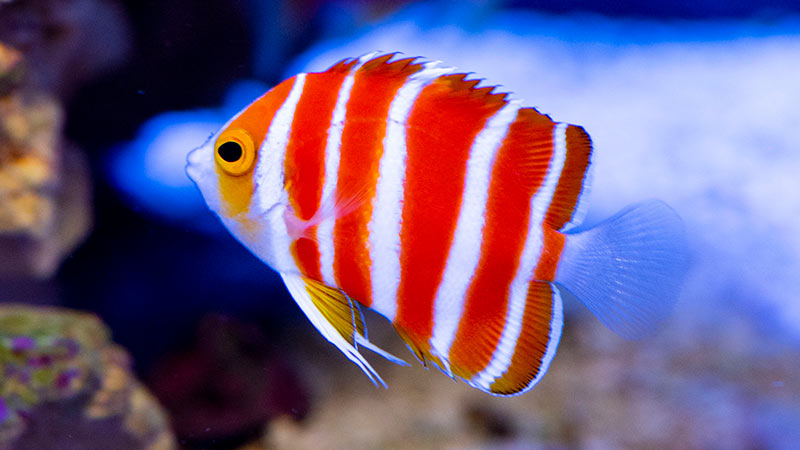


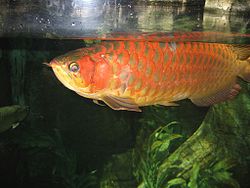
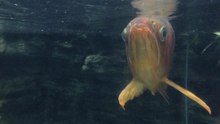
No comments:
Post a Comment